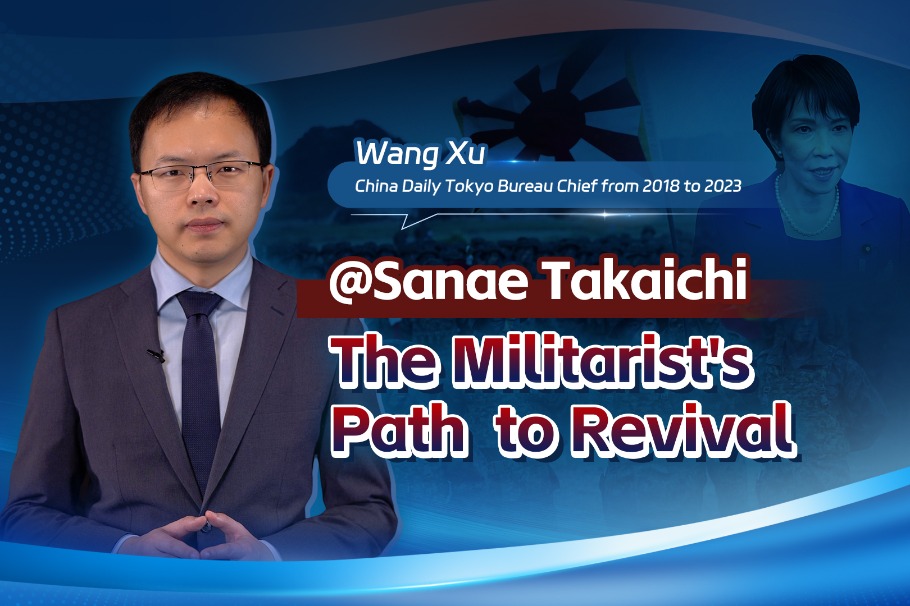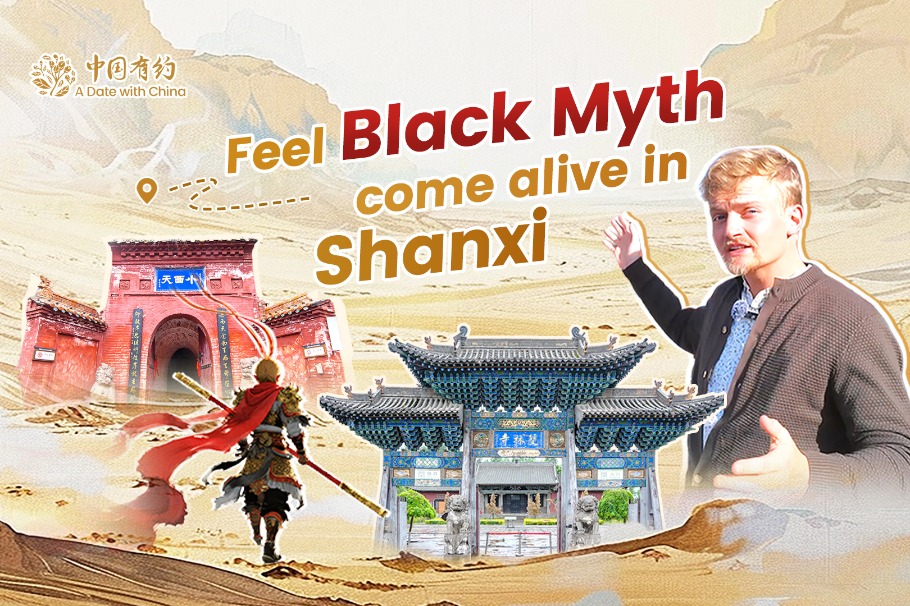Play is the thing

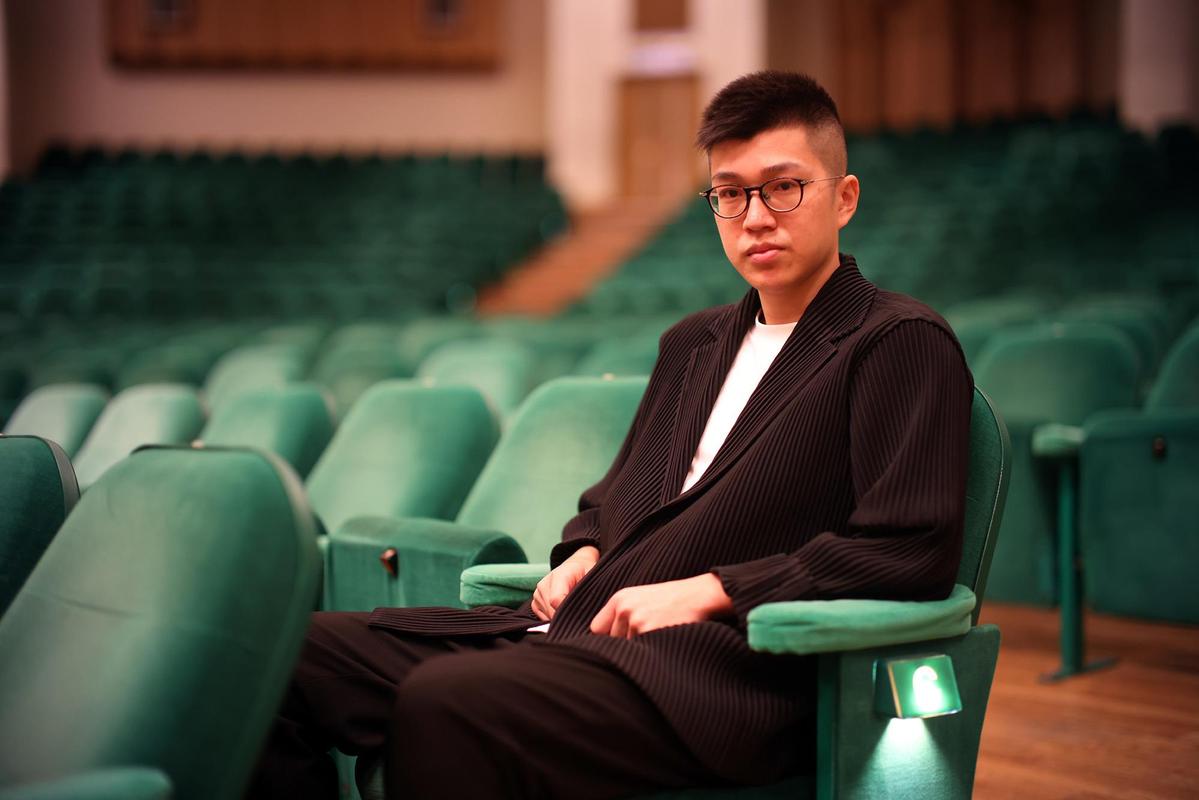
In the fifth and final installment of our series on groundbreaking works by Hong Kong artists this year, we feature Elliot Leung's Metaverse Symphony, which can be enjoyed as a classical orchestral piece as well as an online Web3 game. A piece inspired by the metaverse, which is also its location and theme, Metaverse Symphony is an ambitious move toward changing the way music is consumed. Chitralekha Basu reports.
Elliot Leung likes musicians to play his compositions like a game. By his own admission, the intense staccato effects, multitonality and rapid shifts of tone and tempo in his works aren't the easiest to pull off. In order to make it up to the musicians, Leung says he "usually tries incentivizing them toward completing the particularly difficult sections". For example, the first movement of his Metaverse Symphony, he says, "has a very difficult rhythmic section involving violins and flutes, with the flutes just kind of blasting through it. However, once you're through, you get to play the melody. So it's not like you're made to go through that difficult part for nothing."
Metaverse Symphony was premiered in May, performed by the Hong Kong Philharmonic Orchestra. The concerts at the Hong Kong Cultural Centre came with a bonus, this time for the audience: The music was presented together with on-screen projections of digital art by Henry Chu. The moving images were a real-time visualization of the data on the varying volume dynamics of the sounds generated in the concert hall.
Now Leung has recast his Metaverse Symphony - a piece clearly written for a classical orchestra, replete as it is with rousing marches and lilting violin and flute concerto solos - into the task-oriented paradigm of the gaming space. Released on the Web3 gaming platform, The Sandbox, in October, Metaverse Symphony can be both listened to and played at the same time. In the Artifact Labs-designed game, players get to visit a series of locations that come with distinct landscapes - each representing a movement of the symphony. "They are encouraged to go on quests, bid for collectibles, engage with the environment of those specific areas," Leung explains, adding that a "big surprise reward" awaits players who make it to the end of the journey.
"When you get there, you will see that there are a lot of cool things that we have built into the game."
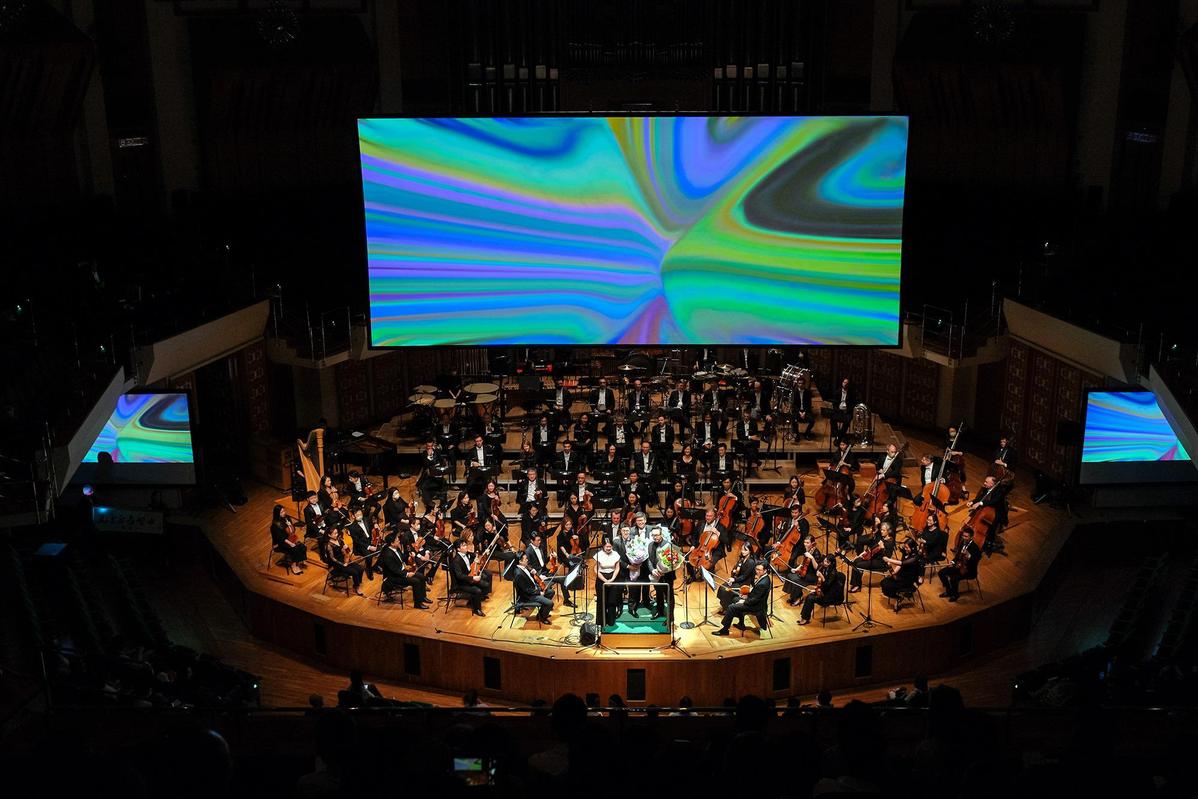
How meta can one get?
"I wanted to capture the idea of extreme data compression in a very small space, which is what I think the metaverse is about," Leung says of the piece's first movement - a high-energy musical romp, marked by robust brass stabs, evoking the feel of a dizzying journey through a digital environment.
The metaverse therefore is both the locus and the subject of Leung's Metaverse Symphony, besides being its inspiration. As Souvik Mukherjee, an academic at the Centre for Studies in Social Sciences, Kolkata and author of several books on gaming, points out, the online game version of the symphony quite literally places the participant "inside the music in the spirit of play".
Metaverse Symphony on The Sandbox is supported by metaverse tools, to be used and commented on in the metaverse space. Designed as a collective experience with scope for multiple players to exchange notes on the portal, the game is also hugely self-referential in nature - expected to generate conversation about itself even as it is being played. The idea is to foster a sense of community in the process, though all participants are not necessarily human.
"The Sandbox is quite populated, and some of these people are game generated," Leung says. "They all have very unique things to say, offering comments on and insights into the music being experienced, plus draw the players' attention to many other things."
The things he refers to include trivia on the composer's background - he started playing the piano at 4 years and gave his first public performance at 7, for instance - as well as completely random stuff. As Leung says, "One cool interactive part of the game is for players to discover a kung fu challenge hidden in the landscape."
Mukherjee found the game "an interesting experience where there were narrative elements that commented on the musical element in a rather meta way. In a sense, it is also the music commenting on itself."
For instance, once they are well into the fourth movement, players are directed toward picking up 20-odd instruments used in that section on their way - getting to find out about the sources of the music they are listening to, one at a time.
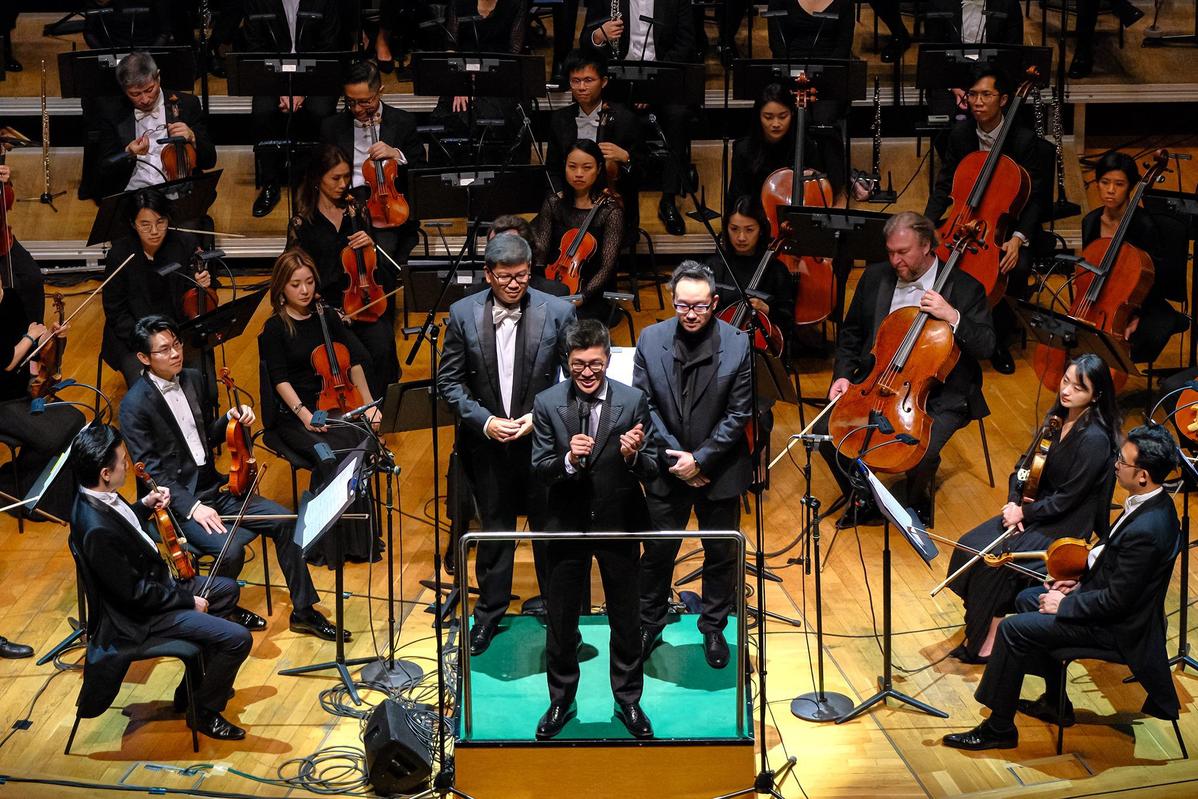
Matter of agency
From the outset, Leung was keen to include classical music agnostics in the Metaverse Symphony project. He had posted an open call, inviting five-second audio clips from the public. A selection of these submissions were included in the third movement of the symphony, called The Internet of Things.
The online game is an extension of a similar impulse to remove the psychological barriers between classical orchestral music and an uninitiated audience. "I wanted to emphasize the idea that the audience could also be a part of the music," Leung says. "If you're listening to Metaverse Symphony on The Sandbox, you're a part of that environment, invited to be a part of the music creation process. You know what to play for and how to activate the section of your choice."
But how far does a player's agency extend? Assuming there are, potentially, an infinite number of ways to experience the music as an interactive game, might a player actually impact the composer's original sound design?
Leung says there is some scope for customizing one's experience of the game. "I wouldn't say it's a free-for-all," he hastens to add. "It's not like you go in there and recompose a movement. But you can exercise a degree of manipulation, in terms of where you want to start, where you want to keep looping, and where you want to stop. You can also go for a faster or slower tempo."
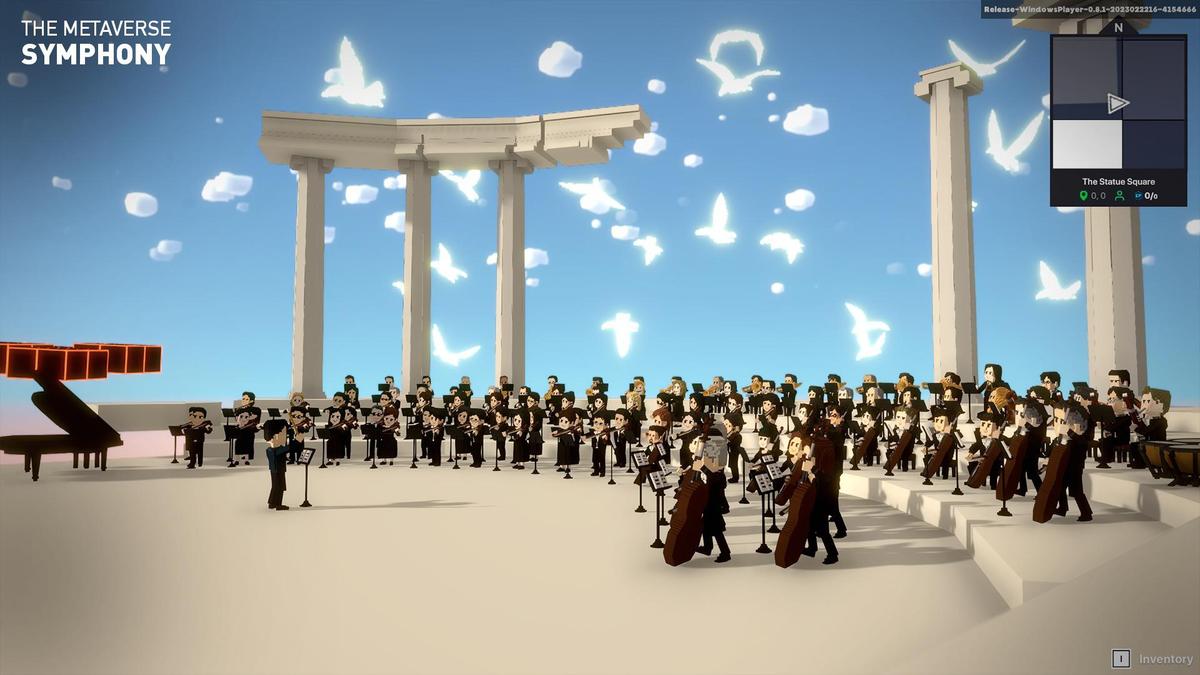
Ode to Hong Kong
Metaverse Symphony is also Leung's ode to Hong Kong. The only Hong Kong composer to have made it to Hollywood with Freelance, which released in October, the 28-year-old spends much of his time in Los Angeles these days. But the city of his birth remains the source of his creative stimuli. Hong Kong is the thematic anchor of Metaverse Symphony.
The second movement of the piece, called Fiber Optics: An Homage to Sir Charles Kao, is dedicated to a Hong Kong scientist. Kao won the Nobel Prize in physics in 2009 for his role in developing the technology of faster digital data transmission and has since come to be known as the father of fiber optic communications.
"Today the internet helps us connect with each other in ways that are easier than before," Leung says, pointing out that we owe the privilege to Kao in a big way. His homage to the physicist is marked by a soulful piano solo that follows immediately after the distraught wails from the cello in the previous segment. "It's got a very serene feel, compared with the earlier part, which is really about the frustration of trying to make a connection on the internet and failing," Leung says.
In the game, this tonal shift is marked with a dramatic change of backdrop. From hopping across flying platforms and exploring the aerial landscape, the player is brought down to the ground, landing on the restful lawns of a near-deserted Statue Square.
"We sought a location that was not only familiar and historical but also offered possibilities for reinterpretation and dynamism," says Henry Chan, co-founder of Artifacts Lab, which is responsible for designing the gaming space. "Ultimately, we chose Hong Kong's iconic Statue Square as the setting for this unique experience."
Those familiar with Hong Kong will find more Easter eggs - Queen Victoria's statue in Victoria Park, and the Woo Cheong Pawn Shop in Wan Chai, to name just two. These are embedded in an Alice-in-Wonderland-style fantasy realm, where forests grow inside buildings and White Rabbits are ready with poems that, expectedly, fail to make sense.
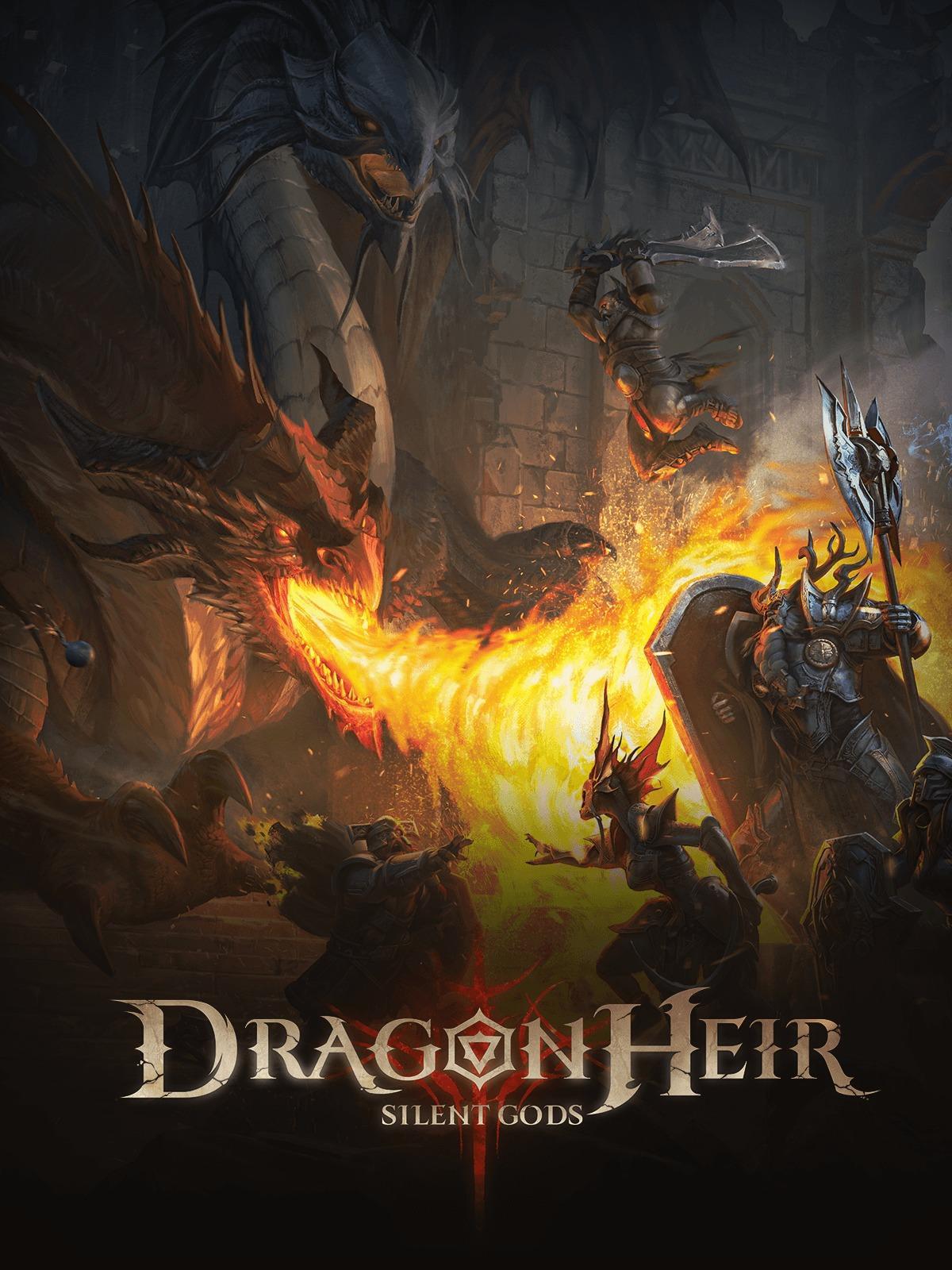
Union of image and music
The digital art presented at the live concerts of Metaverse Symphony had a polarizing effect on the audience, with some of them seeing it as unnecessary, or worse, a gimmick. Might Leung be taking a risk by letting his work be adapted into an online game - allowing his music to take second place to the visuals and play like a background score?
Chan argues that the visuals in fact add to the listening experience. The metaverse space was "thoughtfully designed to visualize and amplify the storytelling of the symphony movements, providing an immersive and dynamic experience for the player-audience," he offers.
Leung seems happy with the "engaging environments" created by Artifact Labs. To him, it doesn't seem that the "music and visuals are in competition. Rather, the experience feels more like visiting a well-curated museum".
Mukherjee, a seasoned gamer, says he doesn't think of the music as external to a gaming experience when he is playing. "I think the Sandbox version of Metaverse Symphony makes this link between music and play more obvious, especially for nongamers."

Ambitious first move
Metaverse Symphony marks the arrival of a new art form - a union of orchestral music and Web3 gaming. It would be truly remarkable, however, if the piece had the potential to evolve built into its DNA.
Mukherjee sounds hopeful about the future cousins of Metaverse Symphony, as he feels the gaming platform hosting it "opens up a lot more kinesthetic and affective possibilities".
Leung's original vision for the game version was to enable the players to pick, and even mix and match, their instruments, so that the piece "becomes something adapted to your liking and you can kind of recompose as you go".
"And then, after you've listened to the composition with the instruments of your choice, you might want to put the trumpet back in and hence start looking for it in the game."

That idea did not materialize as the space allotted to Metaverse Symphony on The Sandbox was not large enough to hold the required number of audio files. But Leung is confident that it might only be a matter of time before the technology used to build the game gets better and more affordable. "We've just made a very ambitious first move, and I think we're on the right track," he says.
Contact the writer at basu@chinadailyhk.com














